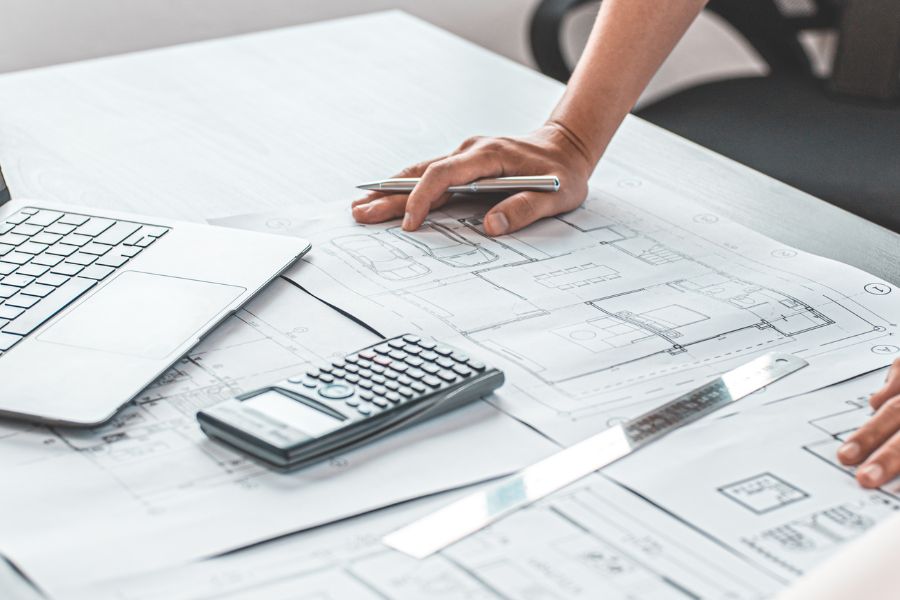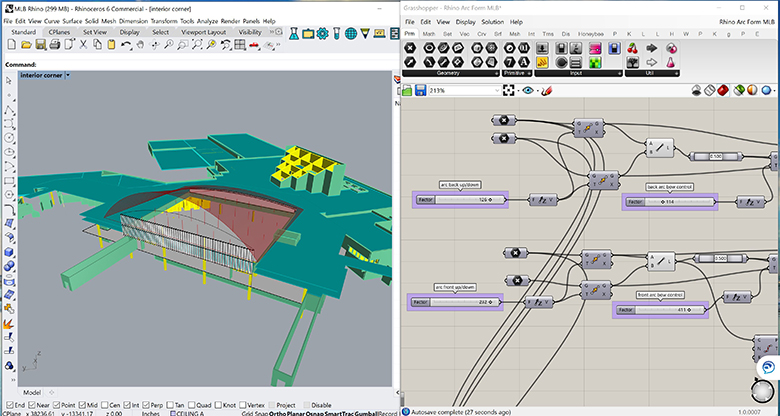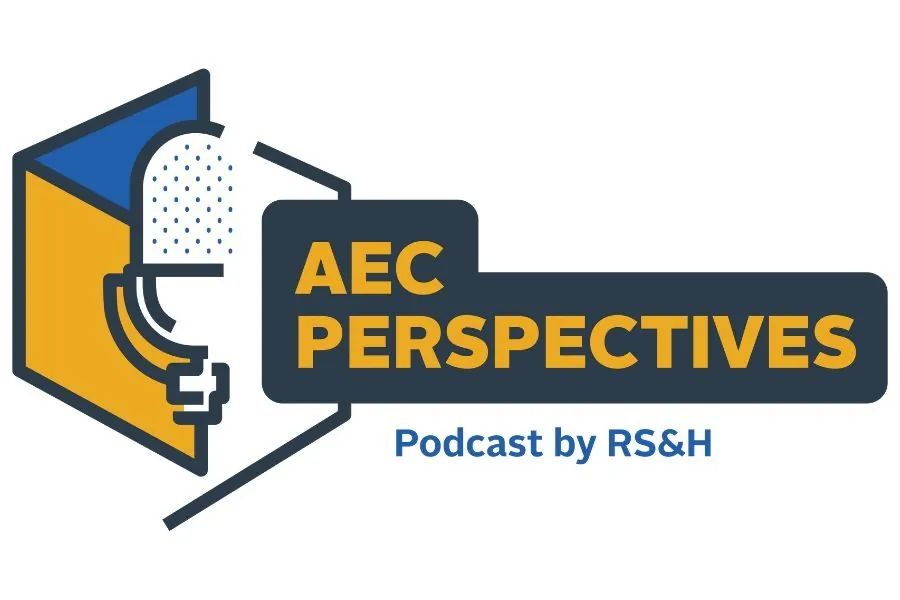How COVID-19 Is Shaping the Next Generation of Architects

Students studying architecture in college know how important the design studio is. After all, the design studio is often at the heart of their curriculum.
So, what happens when the studio on campus – or in our corporate offices – is closed indefinitely?
When you are forced to work in your own studio at home, the added isolation can block the sharing of ideas. Students might actually learn more from some Zoom studio courses, but when it comes to hands-on courses, learning can be difficult.
The challenges of remote learning are clear, according to a survey we issued to architecture majors at Florida A&M University in Tallahassee. By co-hosting a few virtual classes and studios this winter, both with first-year FAMU architecture students as well as undergrads getting ready to graduate this spring, we learned a lot about the new normal they’re experiencing.
- Only 12 percent of the students we surveyed believe their remote learning experience has been better than receiving in-person instruction. Comparatively, 45 percent of students felt remote learning was worse, while 43 percent believed the experience was roughly the same.
- Motivation, clear communication and time management were the most affected aspects of online education, followed closely by mental health and the ability to retain information.
- Six out of ten students believed that architecture is more affected by the COVID-19 pandemic than other college majors and that architecture cannot be effectively taught or practiced remotely. Seven out of ten students believe remote learning has hindered their education.
- Only three out of ten students think the world will return to “normal” as it was before the pandemic.
While we may return to socializing as we once did, the work environment figures to be permanently altered. What we’re doing right now – working in a virtual design environment – is not going away.
At RS&H, we all went back to our personal, small spaces last March and initially felt constricted in not seeing the colleagues who normally work next to us. But the barriers of each office fell away, too, creating a greater connection with that constellation of offices and individuals across the country.
An Architect’s New Environment
Having gone through their last two semesters of school primarily virtually, students and graduates can expect this format of work and communication will continue. Many students are eager to enter the workforce and experience the architectural profession just as it was, and the new mindset and skill set that comes with remote learning will be of particular value when entering the workforce.
Seeing your computer first thing in the morning can at times feel like a repetitive cycle as a result of working from home, especially for young graduates who are accustomed to constant social interaction on a college campus. Self-motivation and understanding who we are become important for young associates to maintain a positive daily outlook.
It’s not easy.
You can’t ignore quality of life. We can talk about all the tools we have, but that’s not the complete picture. We must have empathy for the different situations of the people around us. We need to demonstrate an understanding of the sense of isolation and the importance of a balanced work life, now more than ever.
New Skills to Develop
The tools we use to create are now the tools we are using to present our work. When you know your subject matter and your technology and you can find the words, that’s power. And, that new power is finding its way into the marketplace.
There are a lot of unexpected benefits and unintended consequences emerging due to us all working remotely. While architects still need to collaborate to resolve complex design issues, we have tools we can optimize to address the challenges of collaborating remotely.
Architecture schools like FAMU are adapting as fast as they can to ensure their students are prepared. Its professors are using cloud-based collaborative tools to manage the studio environment. Online critiques of student work in a group environment are different than the one-on-one review that preceded it, but this process allows for more group observations and feedback at the same time.
Cloud-based 3D modeling programs give us the ability and courage to fly through a concept together and make graphic notations on the design that illustrate the points we’re making. By using a webcam like a document camera, we can continue to strengthen and show our traditional skills like sketching, drawing and collaging.
When we present with digital, iterative tools like Rhino and Grasshopper and a client makes an observation, we can immediately incorporate it into the project in real time. In turn, we are sharing the creative process, empowering the client to not just be an observer but a collaborator.
It’s up to us to manage this virtual workbench environment, to include others at this important stage of the project development. It’s fluid and dynamic and requires just-in-time intellectual contributions. It’s flying through a building in real time, sketching over areas with our tablets or turning our webcams down and just doing a simple hand sketch. Storytelling is timeless, even if we’re not sitting around the campfire anymore.
In this new environment, young designers can find their voice through the software they use to create, manipulate and engage with their projects.
Students and architects alike are building new skill sets and mindsets required to thrive in our new normal. We must be able to resolve issues on our own. We must learn self-motivation, time management and effective virtual communication.
The faster architects can adapt, especially those coming into the workforce now, the more successful our profession can be.
This level of resilience can be a competitive advantage if you view it correctly. When you enter the marketplace, you’ll be in a unique position to fully capitalize on the advantages of working in a virtual environment.
In the end, it’s how we respond to these new environments and situations that define us. Innovation is born from challenge. Thinking differently and working differently can re-imagine the creative process and reveal new ways of connecting with others.
Ready to begin an exciting career with an industry leader? Check out our open positions.





